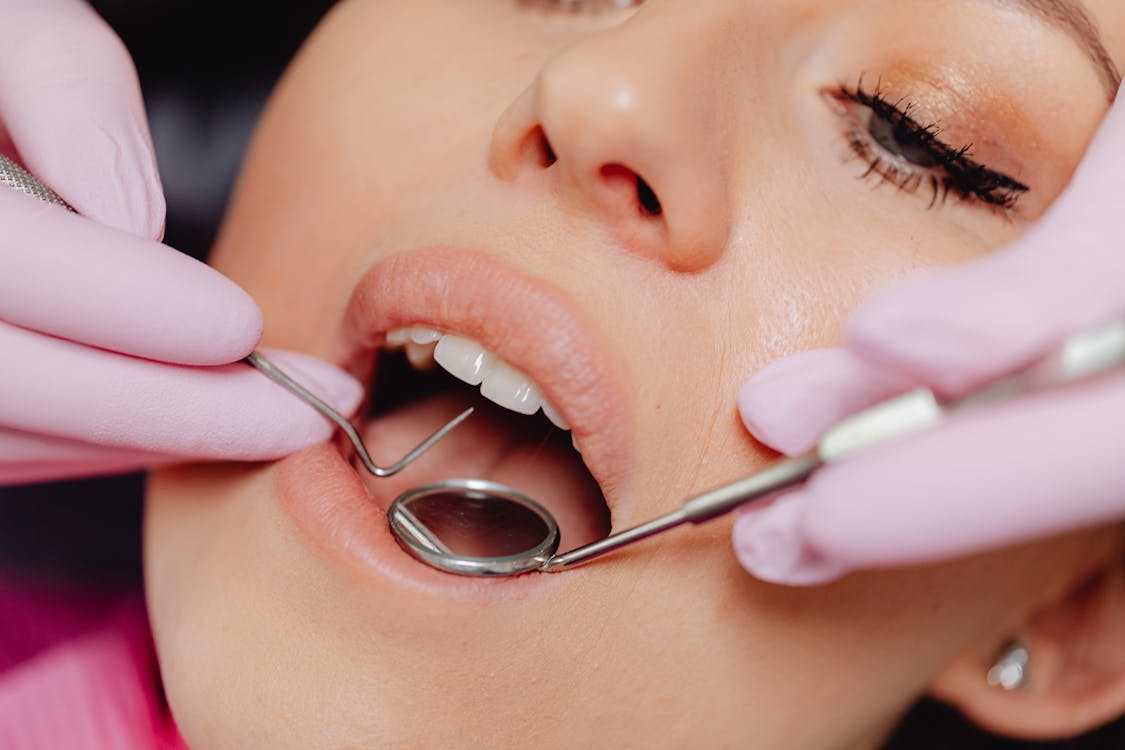5 Common Myths About Teeth Straightening

Teeth straightening treatments have come a long way over the years, yet many misconceptions still prevent people from seeking the treatment they need for their teeth.
Whether you are looking at traditional braces, clear aligners, or other orthodontic options, it is important to have accurate information.
In this article, we debunk five common myths about teeth straightening in Blackburn, helping you make informed decisions when it comes to achieving your ideal smile.
Myth 1: Teeth Straightening Is Only for Kids
Debunked: Teeth Straightening for Adults Is Growing in Popularity
One of the most persistent myths is that teeth straightening is primarily for children and teenagers. While it is true that orthodontic treatment often starts during childhood, age should not be a barrier to getting the smile you want. In fact, teeth straightening for adults is becoming increasingly popular now.
Orthodontic treatments are often shunned in adulthood due to concerns over how they can affect one’s appearance, but technological advancements now provide a variety of viable options.
Clear aligners, for instance, are a discreet and comfortable solution that can be effective for adults as they are nearly invisible and can be removed when eating or brushing. They make teeth straightening a feasible option for adults who did not do so earlier in life.
Myth 2: Clear Aligners Do Not Work As Well As Braces
Debunked: Clear Aligners Are Effective for Many Orthodontic Issues
Another common myth is that invisible braces for teeth straightening, such as clear aligners, are not as effective as traditional metal braces. While conventional braces have been a reliable method for correcting complex orthodontic issues, clear aligners have also proven to be effective for a range of cases, including crowding, gaps, and mild to moderate bite problems.
Thanks to advanced digital imaging, dentists can create custom-made clear aligners that can apply gentle yet consistent pressure to a patient’s teeth and gradually move them into the desired position in the least amount of time. This makes them a precise, effective, and practical treatment for many orthodontic issues.
However, it is essential to consult with your teeth straightening dentist to help determine whether clear aligners are suitable for your specific dental needs and goals.
Myth 3: Teeth Straightening Is Purely Cosmetic
Debunked: Teeth Straightening Improves Oral Health
It is easy to think of cosmetic teeth straightening as solely an aesthetic choice, but the benefits go beyond appearance. Properly aligned teeth can significantly improve oral health as it is easier to clean between them, which reduces the risk of cavities and gum disease. Misaligned teeth can create tight spaces that trap food particles and make brushing and flossing less effective.
Additionally, teeth straightening treatments can improve bite function, alleviating issues related to chewing, jaw discomfort, and even speech difficulties. Addressing misalignment can prevent excessive wear and tear on teeth, preserving their health for a longer time.
Therefore, teeth straightening is not just about aesthetics; it contributes to better overall dental health.
Myth 4: Teeth Straightening Takes Too Long
Debunked: Treatment Duration Varies, and Some Options Are Faster
A common concern is that teeth straightening treatments take years to complete. While the duration depends on the complexity of each case, advancements in orthodontic technology have made it possible to achieve faster results in many cases.
For example, treatments like clear aligners can sometimes produce results in as little as six months to a year, depending on the individual’s situation. Modern technology, such as 3D scans and digital imaging, allows dentists to create highly precise treatment plans that can make the process more efficient.
However, it is important to have realistic expectations. Some cases, particularly those involving severe misalignment, may still require a longer treatment period.
Myth 5: All Teeth Straightening Options Are the Same
Debunked: Different Methods Suit Different Needs
It is a misconception that all teeth straightening methods offer the same results. In reality, there are various treatments available, each suited to different orthodontic needs. Traditional metal braces are often recommended for more complex cases, while clear aligners are ideal for those seeking a less noticeable, removable option.
Patients can also choose ceramic braces, which blend in with the teeth, or lingual braces, which are placed behind the teeth. The right choice depends on several factors, including the severity of the misalignment, lifestyle preferences, and budget.
Consulting with a teeth straightening dentist can help determine which treatment method is most suitable for an individual’s situation.
Choosing the Right Orthodontic Option
Teeth straightening is not a one-size-fits-all process. The effectiveness of a particular method depends on individual dental needs and goals. Consulting with a dentist will help identify the most appropriate treatment based on dental health, lifestyle, and personal preferences.
When selecting a dentist, consider their experience, patient feedback, and the range of treatment options they offer. Look for dental clinics that provide thorough consultations to discuss your goals and expectations, ensuring you are comfortable with the chosen method before proceeding.
Say Goodbye to Misconceptions – Start Your Journey to a Straighter Smile Today!
Thanks to remarkable advancements in the field, teeth straightening treatments now come in a range of solutions that cater to diverse needs. By debunking these common myths about teeth straightening, we hope to clarify misconceptions and encourage those who might be hesitant to explore this treatment.
Whether considering clear aligners, traditional braces, or another option, there are safe and effective ways to achieve a healthier, straighter smile at any age. If you’re looking into teeth straightening for adults or want more information on cosmetic teeth straightening, consulting a professional is a great first step towards improving your smile.














